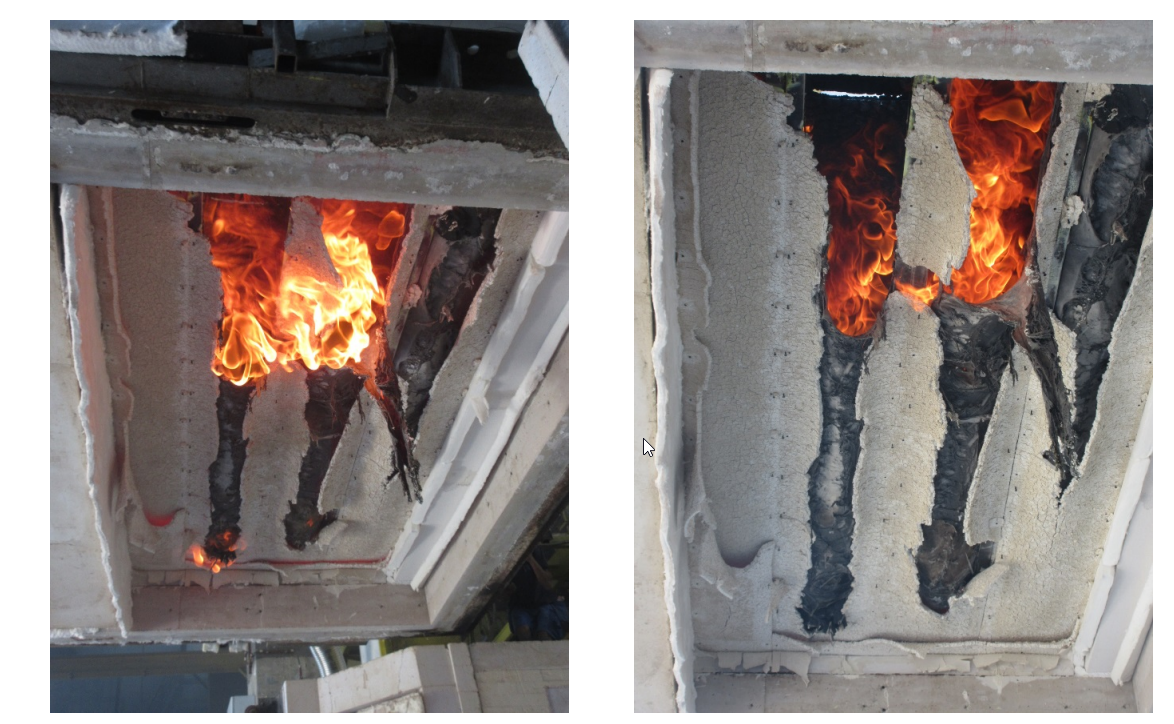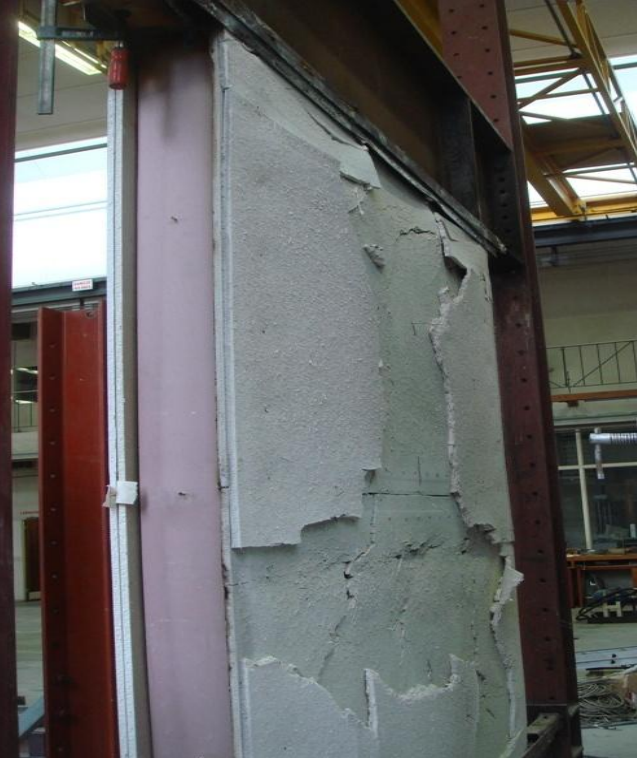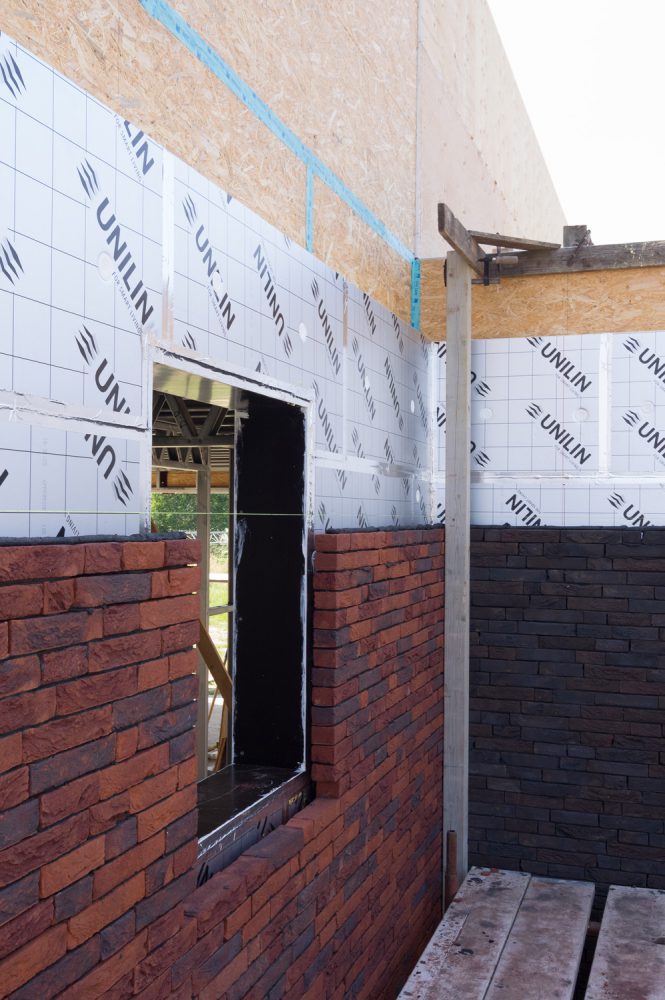
Fire resistance of lightweight steel frame structures
Fire performance is a key factor in the safety of any building. Understanding how materials behave in a fire is essential to ensuring the protection of occupants and minimizing damage to structures.
In construction, a distinction is made between:
- Reaction to fire, which refers to how a material contributes to the development of a fire.
- Resistance to fire, which refers to how well a building element (e.g., wall, floor, or structural frame) continues to perform its intended function when exposed to fire.
How safe is a steel frame house in a fire?
Steel is a non-combustible material. It does not burn, produce smoke, or release heat when exposed to flame.
However, while steel does not catch fire, its mechanical performance is affected by heat. Around 400°C, it begins to lose strength, and above 550°C, a significant loss of stiffness and load-bearing capacity occurs.
This is why fire protection is necessary in structural steel systems. We have to cover the elements with gypsum or other fire‑resistant boards and use proper insulation. Together, they keep the steel cool long enough for everyone to get out safely and for firefighters to act.
Fire resistance of beSteel lightweight steel systems
At beSteel, we use Magnelis® steel from ArcelorMittal, known for its superior durability and corrosion resistance. To achieve fire resistance in line with regulations, steel framing systems are tested in combination with other materials like fire-rated boards, insulation, and finishes.
- Reaction to fire (EN 13501‑1): raw Magnelis® steel = A1 non‑combustible.
- Resistance to fire (EN 13501‑2): assessed on the finished assembly (Steelframe+ boards + insulation + seals).
1. Fire resistance classification: What do REI ratings mean?
Test results are expressed as a duration (in minutes), according to three main criteria:
R = Load-bearing capacity (Résistance)
The ability of the element to support loads during fire exposure.
E = Integrity (Étanchéité)
The ability to prevent flames and hot gases from passing through.
I = Insulation (Isolation)
The ability to limit the temperature rise on the unexposed side. A temperature rise of no more than 140°C is typically accepted.
A wall rated REI 60 can maintain all three functions for at least 60 minutes under standard fire conditions.
2. Additional classification letters (EN 13501-2)
- M = Mechanical action – Resistance to impact or collapse under fire-induced deformation.
- S = Smoke production
- D = Flaming droplets
While steel itself is non-combustible (A1), its performance in fire is determined by the complete wall or floor system, not the steel alone.

Building safely with beSteel under fire conditions
To meet fire resistance requirements, various techniques are used to protect steel framing:
- Encasement in fire-rated boards (e.g., gypsum, cement-fiber panels)
- Insulation materials that have a high inertia like bio-based insulation, mineral wool or non combustible stonewool (Euroclass A1)
- Use of cavity barriers to contain fire and smoke spread in the ventilated façades.
On‑Site Tips
- Check the manufactures and certificate specifications such as keeping board joints staggered and screw spacing ≤ 200 mm.
- Keep in mind the correct design of your technical installations. Penetrations of the fire resistant layers has to been done in combination of special purpose gaskets or fire stops. Sometimes lower ceilings or specials technical cavitys can be more optimal.
- Non loadbearing walls, don’t need te be fire resistant, so standard finish for these elements is sufficient. The us of beSteel can reduce the amount of loadbearing walls, making this step more easy.

Certification & compliance
All our fire-rated assemblies are tested in accordance with European standards and certified by accredited laboratories.
The test results and fire performance classifications can be provided upon request to meet project specifications or regulatory demands.
beSteel has solutions for walls and floors for REI 30 up until REI90.



